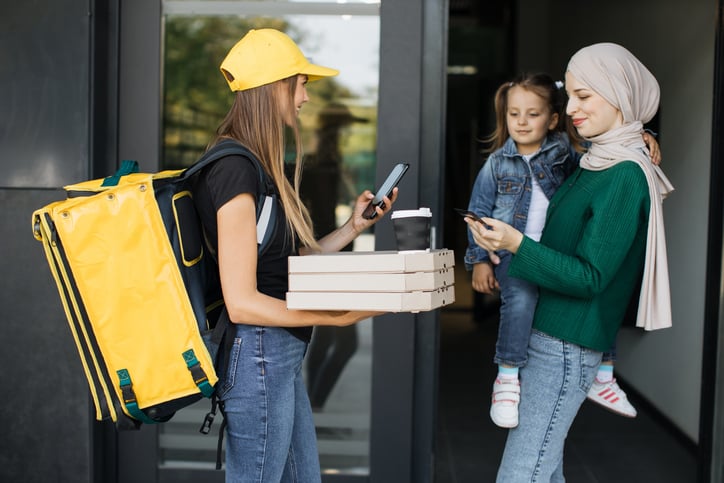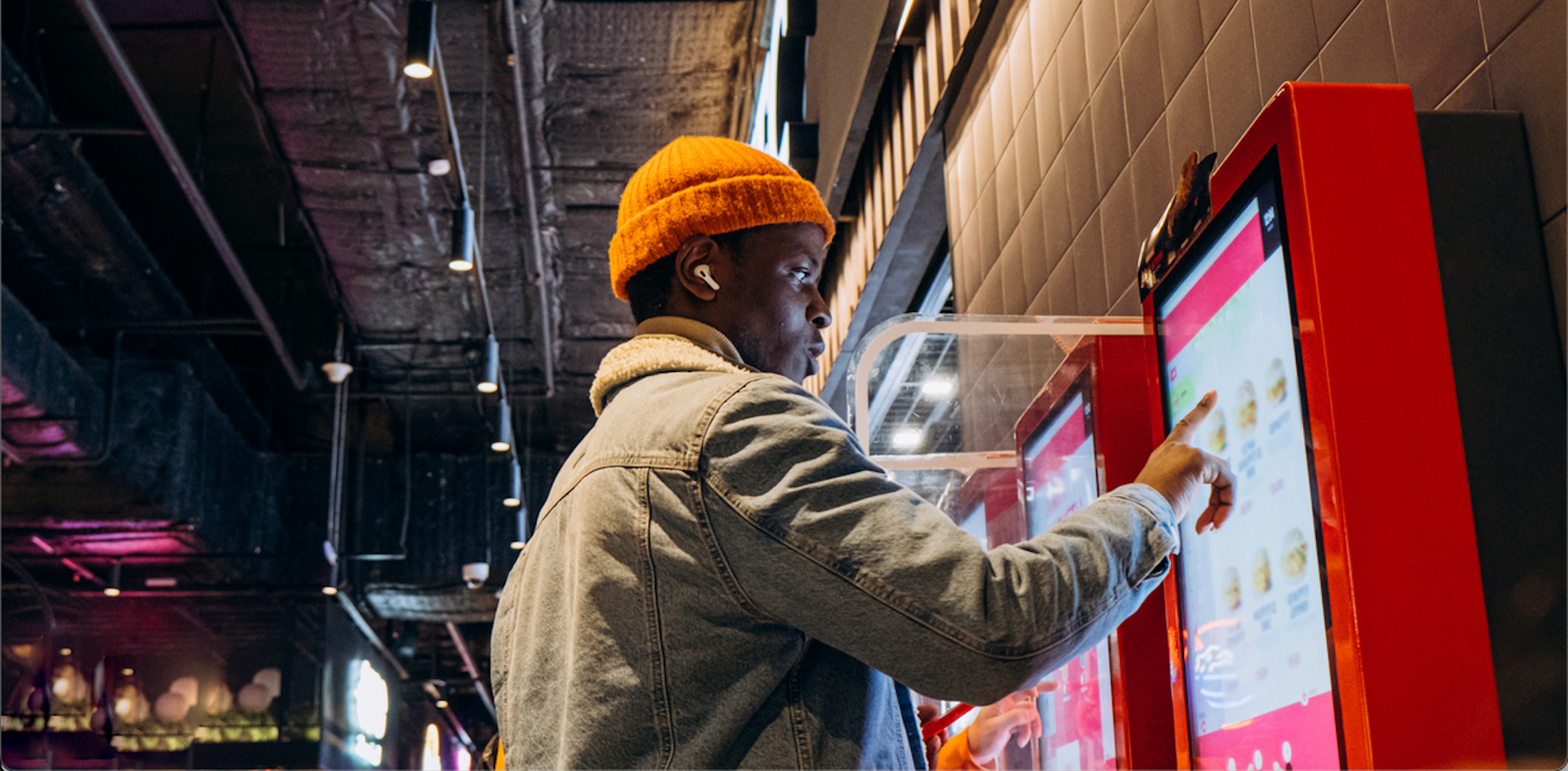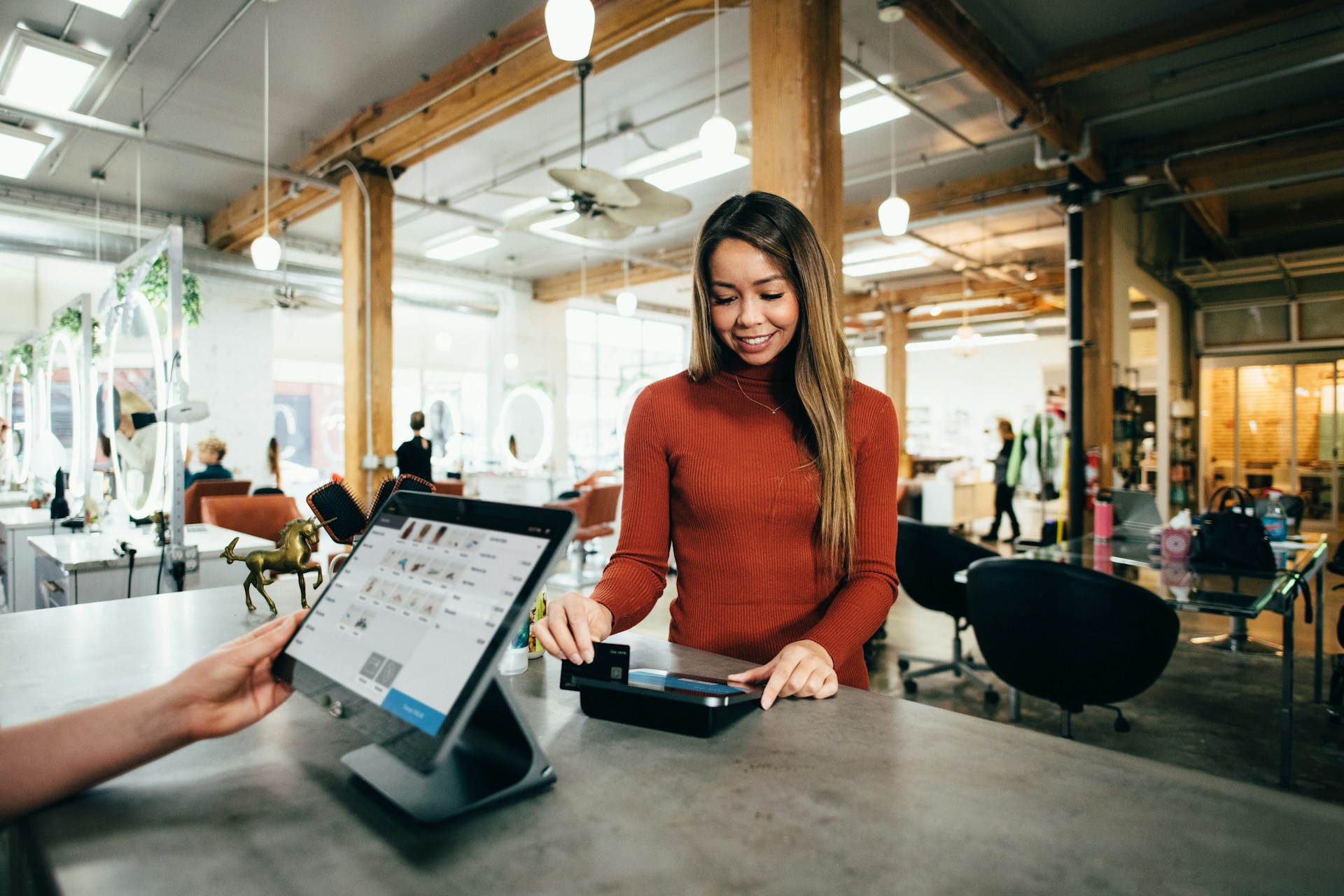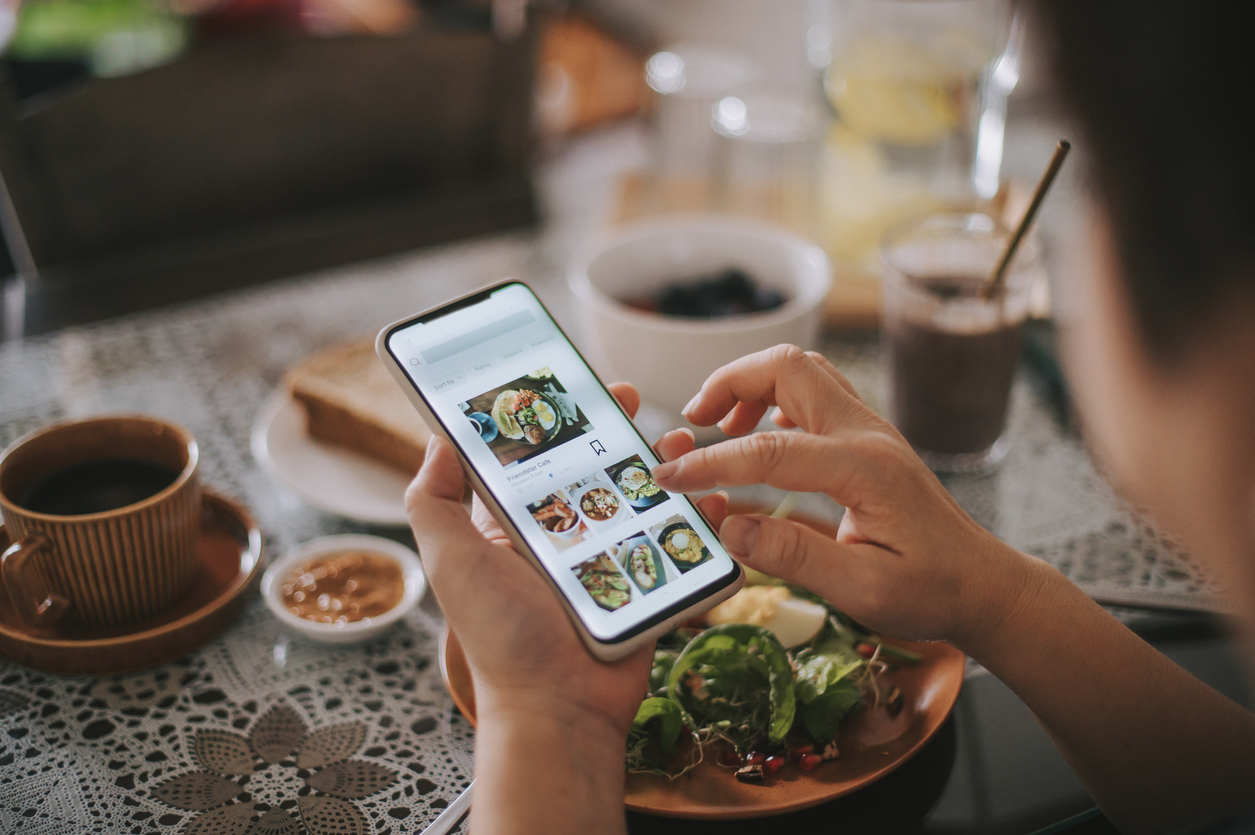Discover how to increase restaurant delivery sales and learn how to optimize your delivery process, attract more customers, and maximize revenue.
A delivery service has become an essential part of every restaurant's digital strategy. As people increasingly look for convenience and comfort in their dining experiences, integrating a seamless delivery system can significantly enhance your restaurant's appeal. It not only expands your reach to a wider audience but also opens up opportunities to boost sales and customer satisfaction. Globally, the online food delivery market is valued at around $221.65 billion in 2022. The expected growth rate (CAGR) is 10.3% from 2023 to 2030. Understanding and optimizing your delivery process is key to attracting more customers and maximizing revenue, making it an essential component in the growth and success of your restaurant business. To stay ahead in this competitive market, eateries must implement food delivery optimization and effective marketing strategies.
Optimizing Online Presence
Implementing Online Marketing Campaigns
Offering Special Promotions And Discounts
Enhancing Menu Appeal For Delivery
Ensuring Timely And Reliable Deliveries
Gathering And Leveraging Customer Feedback
Collaborating With Food Influencers And Reviewers
Enhancing Customer Service For Delivery
Emphasizing Sustainability And Health Consciousness
Analyzing And Adjusting Strategies
Using ItsaCheckmate for Restaurant Delivery Integrations
Now, we'll delve into some actionable strategies to boost restaurant delivery sales and satisfy the evolving preferences of modern diners.
Optimizing Online Presence
To optimize your online presence, it's crucial to have a professional and visually appealing online ordering website that mirrors your restaurant's brand. Ensure easy navigation, quick loading times, and mobile responsiveness for a seamless user experience. Incorporating high-quality images of menu items, along with detailed descriptions and prices, can entice customers to place orders. By focusing on these aspects, your website becomes a powerful tool for attracting customers and driving sales. Whether customers find you through online ordering platforms, through Google, or via your website, menu optimization and a user-friendly interface can make all the difference in converting visitors into loyal customers.
Implementing Online Marketing Campaigns
Strategic online marketing campaigns are essential for boosting restaurant delivery sales. By deploying these campaigns, brands can enhance their digital presence, reaching a broader audience and driving more orders. Various strategies are discussed here to maximize the impact of your online marketing efforts.
Leveraging Social Media Platforms
To maximize your restaurant's digital marketing efforts, leverage popular social media platforms like Facebook, Instagram, Snapchat, TikTok, and X (formerly Twitter), tailored to your target audience. Develop engaging content featuring appealing images of your dishes, behind-the-scenes videos, and promotions to capture attention and convince them to stop scrolling. Additionally, create and promote hashtags to encourage users to create content, boosting visibility and engagement. Building a strong social media presence for restaurants not only enhances brand awareness but also drives customer engagement and ultimately increases delivery sales.
Utilizing Targeted Advertising
To effectively utilize digital marketing for restaurants, start by identifying your target demographic and tailoring advertisements accordingly. Use paid advertising options on platforms like Facebook or Google Ads to reach a wider audience. Additionally, incorporate special promotions or discounts in your advertisements to attract potential customers. These customer retention tactics play a vital role in driving sales and enhancing your restaurant's online presence, ultimately contributing to the overall success of your business.
Email Marketing
Encourage customers to subscribe to your restaurant newsletter through your website or in-store promotions. Send targeted and personalized email marketing campaigns, including promotions, new menu items, and exclusive offers, to keep customers engaged. By incorporating promotions and discounts, you can entice subscribers to visit your restaurant. Additionally, gathering customer reviews and feedback through emails can help improve your services and strengthen customer relationships.
Geo-targeting And Location-Based Marketing
Utilize location-based marketing to send promotions or notifications to potential customers within a specific geographic area. Tailor your marketing content to resonate with the local community, emphasizing your restaurant's connection to the neighborhood. By implementing geo-targeting strategies, you can reach nearby residents effectively and increase foot traffic. This personalized approach demonstrates your restaurant's commitment to serving and engaging with the local community.
Offering Special Promotions And Discounts
Creating promotions and discounts is crucial when trying to attract more customers to use your delivery services. Special deals can incentivize customers to place an order that may have previously overlooked your brand. Deals for online orders not only drive sales but also encourage customers to use digital platforms more often. Additionally, crafting a thoughtful loyalty program can encourage repeat business. These strategies not only increase revenue but also help to foster customer loyalty and drive long-term success.
Enhancing Menu Appeal For Delivery
Optimizing the menu for delivery can improve the overall experience. Streamlining the menu to offer selections that travel well ensures that customers receive orders that are still as fresh as possible. Introducing delivery-friendly packaging further enhances this experience, ensuring food is kept fresh and secure during transit. Combined, these small changes can have a noticeable impact on your business. Customers will be more likely to leave positive reviews and re-order in the future.
Ensuring Timely And Reliable Deliveries
Timely deliveries are vital for ensuring customer satisfaction. When customers order food, they expect it to arrive promptly, hot, and fresh. Using efficient tracking systems and improving delivery logistics helps ensure orders are dispatched and delivered on time. Prioritize communication with customers as much as possible. Share real-time updates on their orders to instill confidence and trust in the delivery service. By prioritizing delivery logistics and efficiency, restaurants can meet customer expectations and maintain a positive reputation in the competitive food delivery industry.
Gathering And Leveraging Customer Feedback
Customer feedback is incredibly valuable for refining the delivery experience. Establishing a feedback mechanism allows customers to share their thoughts easily. By encouraging customers to provide feedback, restaurants can gain insights into areas for improvement. Implementing improvements based on customer suggestions fosters a continuous feedback loop where every comment contributes to service enhancement. Whether it's addressing delivery times, packaging concerns, or menu options, listening to customers helps restaurants adapt and better meet customer needs.
Collaborating With Food Influencers And Reviewers
Influencer marketing for restaurants leverages local influencers or food bloggers to reach a wider audience. Partnering with them taps into their followers and credibility, creating awareness with people who may not have traditionally thought about ordering from your brand. Collaborating with local businesses for cross-promotional campaigns extends community reach. Teaming up with complementary establishments, like cafes, creates mutually beneficial promotions, attracting new customers and boosting sales. These efforts increase visibility and strengthen your presence locally, enhancing delivery awareness.
Enhancing Customer Service For Delivery
Customer service, when done correctly, can set your businesses apart. It's vital to train staff on how to interact with customers, ensuring they can resolve issues quickly and professionally. Here are some ways to enhance the overall customer service experience throughout the delivery process:
- Provide accurate delivery estimates to manage expectations.
- Offer transparent communication channels for order updates.
- Ensure orders are accurately prepared and packaged securely.
- Implement a user-friendly system for handling complaints and feedback.
- Offer personalized touches, such as handwritten notes or complimentary items.
By prioritizing excellent customer service, restaurants can build trust with delivery customers and stand out.
Emphasizing Sustainability And Health Consciousness
Restaurants can appeal to environmentally conscious and health-conscious customers by implementing strategic initiatives. They can offer eco-friendly packaging to reduce environmental impact. They can provide healthier menu choices, like plant-based options or low-calorie meals, catering to health-conscious individuals. Prioritizing sustainability and health in packaging and menu offerings fosters a positive brand image. This aligns with the values of customers, who prioritize sustainability and health. Ultimately, it attracts and retains a loyal customer base.
Analyzing And Adjusting Strategies
Regularly reviewing performance metrics, analyzing data, and making informed adjustments are crucial to managing a successful delivery strategy. By focusing on continuous improvement, restaurants can stay ahead and respond to changing market dynamics. This includes monitoring customer feedback, tracking delivery times, and assessing the effectiveness of promotional campaigns.
Using ItsaCheckmate for Restaurant Delivery Integrations
ItsaCheckmate offers scalable first-party ordering and guest engagement solutions, along with seamless integrations with leading third-party platforms. With robust analytics and reporting tools, restaurants can manage revenue and optimize operations efficiently. Partnering with ItsaCheckmate provides a reliable solution for mastering digital ordering without breaking the bank. Wherever you are on your digital journey, ItsaCheckmate has the solutions to drive sales and expand your digital footprint.





